The three best passive cooling methods for astronomy cameras are aluminum fin heat sink systems, strategic environmental placement in shaded areas, and elevation of equipment to avoid ground heat. Heat sinks maximize surface area for efficient heat transfer while maintaining silent operation. You’ll get better results by positioning your camera in naturally breezy locations and using reflective materials to deflect unwanted heat. These simple strategies can dramatically improve your imaging quality and sensor performance.
3 Best Passive Cooling Methods For Astronomy Cameras

While active cooling systems often get the spotlight, passive cooling methods offer reliable temperature management for astronomy cameras without the drawbacks of power consumption or mechanical failure.
You’ll find that effective passive cooling systems excel at heat dissipation through thoughtfully designed camera bodies. Larger heat sinks connected directly to your camera sensor provide superior temperature control, keeping your equipment closer to ambient temperature during extended use.
For ideal performance, look for astronomy cameras featuring aluminum finned radiators, which maximize surface area for heat transfer. Recessed camera backs also improve cooling efficiency by creating better airflow patterns around sensitive components.
Beyond preventing overheating, these passive solutions deliver an added benefit of noise reduction since they operate silently—perfect for those peaceful nights under the stars when you’re capturing the cosmos.
Heat Sink Systems With Aluminum Fins
Among passive cooling technologies, aluminum fin heat sink systems stand out as the industry standard for astronomy cameras.
Aluminum fin heat sinks deliver superior passive cooling for astronomy cameras without compromising image quality.
You’ll find these systems particularly effective for maintaining your camera sensors at temperatures close to ambient, providing efficient heat dissipation without introducing noise that could disrupt your astrophotography sessions.
The aluminum fins work by maximizing surface area, which helps your camera stay cool through:
- Enhanced conductivity – aluminum quickly draws heat away from sensitive sensors
- Improved airflow – the fin design promotes natural air circulation around your equipment
- Versatile positioning – placing the heat sink in areas with good airflow further improves cooling performance
For best results, position your aluminum-finned heat sink in an environment with natural airflow, ensuring quiet operation while maintaining ideal passive cooling for your astronomy camera system.
Environmental Placement Strategies
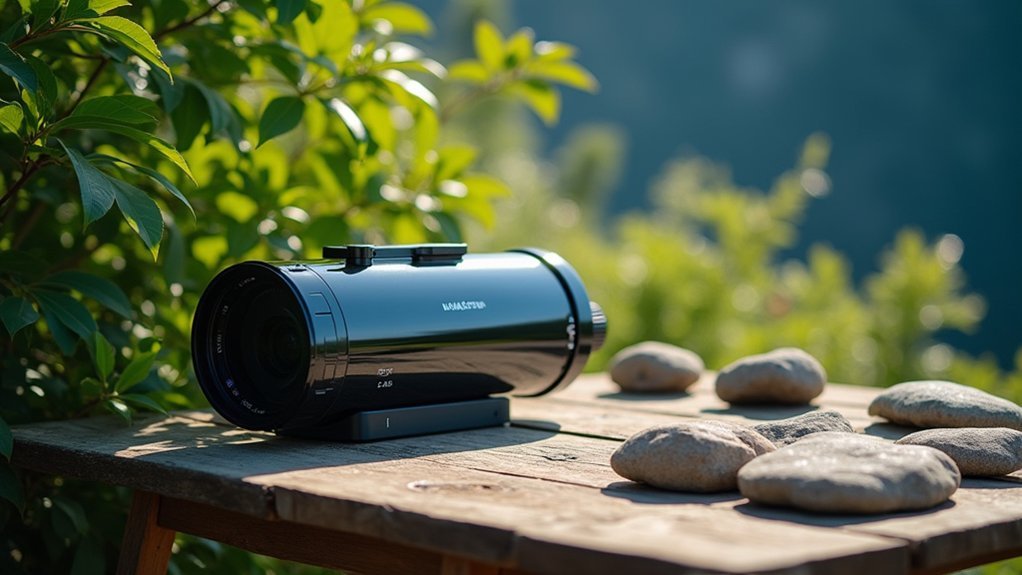
Because your camera’s cooling performance depends heavily on its surroundings, strategic environmental placement can dramatically enhance passive cooling effectiveness.
Position your equipment in shaded areas to minimize ambient heat exposure, allowing your passive cooler to work more efficiently. Elevating the camera prevents heat absorption from the ground, maintaining lower sensor temperatures during critical imaging sessions.
Take advantage of natural airflow by setting up in locations with consistent breezes to improve heat dissipation from cooling fins.
Always avoid areas that receive direct sunlight during daytime hours, as this can cause temperature spikes that persist into evening observations.
Consider adding reflective materials around your setup to deflect unwanted heat.
These simple placement strategies work synergistically with your camera’s built-in cooling systems to optimize performance.
Frequently Asked Questions
Do I Need a Cooled Camera for Astrophotography?
You don’t absolutely need a cooled camera for astrophotography, but it’s highly beneficial for long exposures as it reduces dark current noise. For short exposures under 10 seconds, uncooled cameras can work fine.
How Do Astro Cameras Cool?
Astro cameras cool primarily through passive systems using heatsinks to dissipate heat away from your sensor. Some advanced models use active thermoelectric coolers (TECs) that can drop temperatures considerably below ambient for better performance.
Why Do Cameras Need Cooling?
You need to cool your camera because high sensor temperatures produce dark current noise that degrades image quality. Every 5°C drop actually halves this noise, making your long-exposure astrophotography much clearer and more detailed.
In Summary
You’ll find that passive cooling methods dramatically improve your astrophotography results. By incorporating heat sinks with aluminum fins, you’ll reduce thermal noise without added vibration risks. Strategic placement of your equipment in naturally cooler environments makes a significant difference too. These simple, cost-effective approaches let you capture clearer, more detailed celestial images without the expense and complications of active cooling systems.

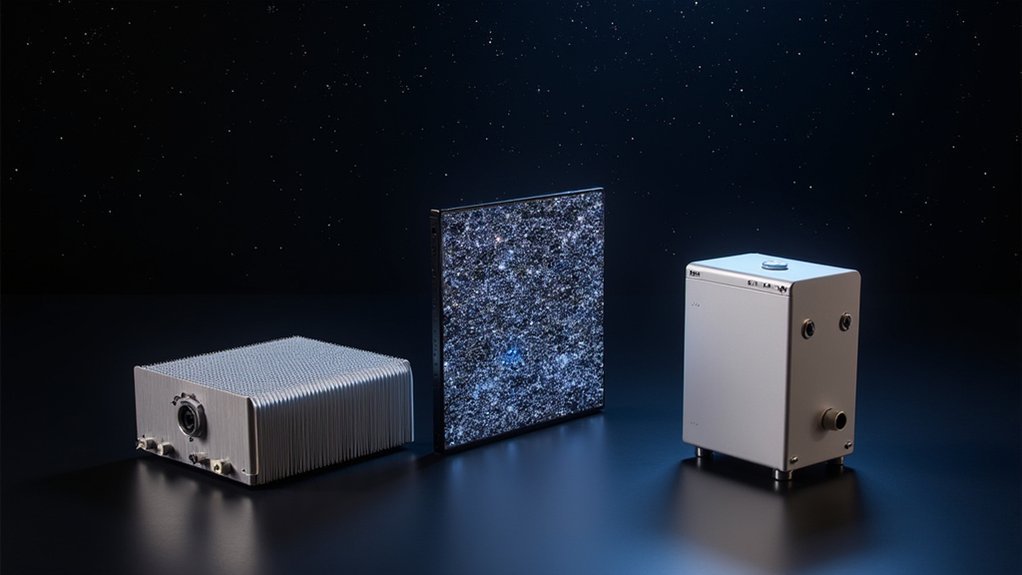
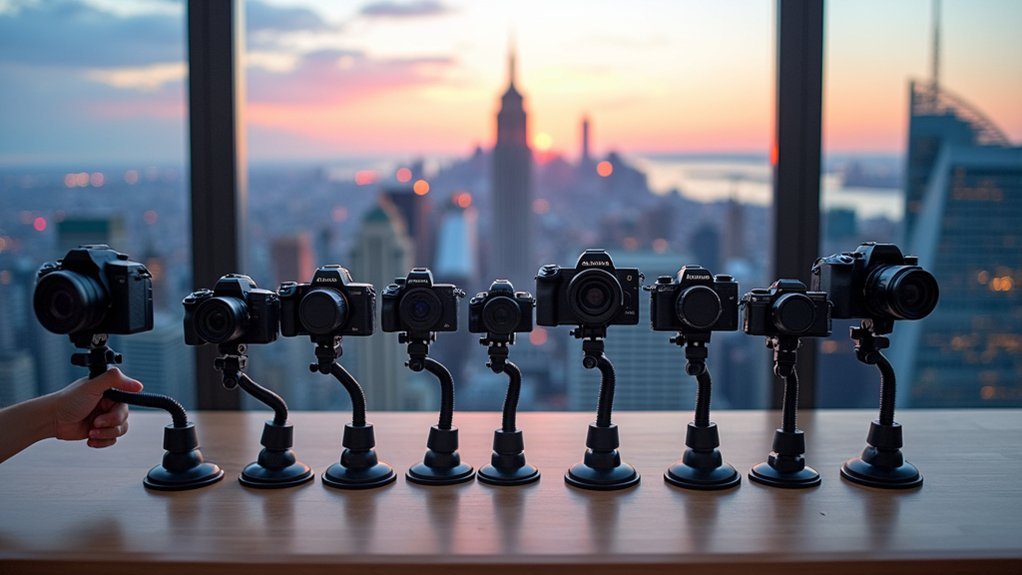
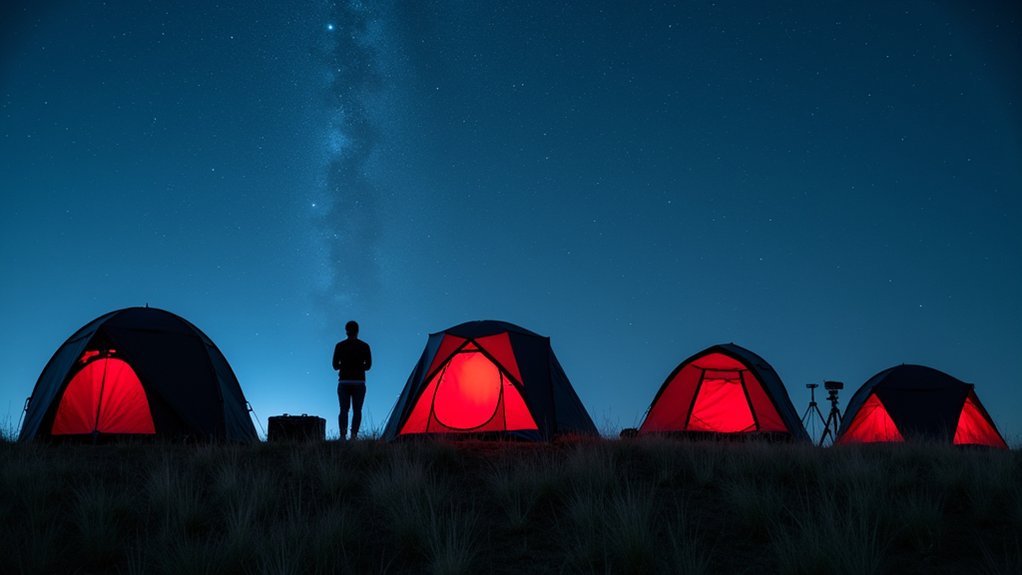
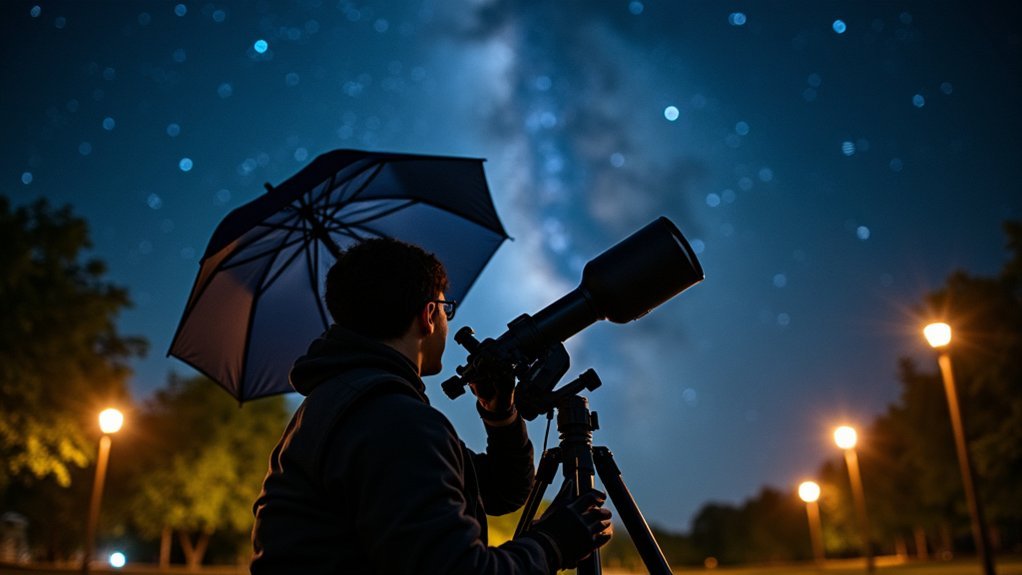
Leave a Reply